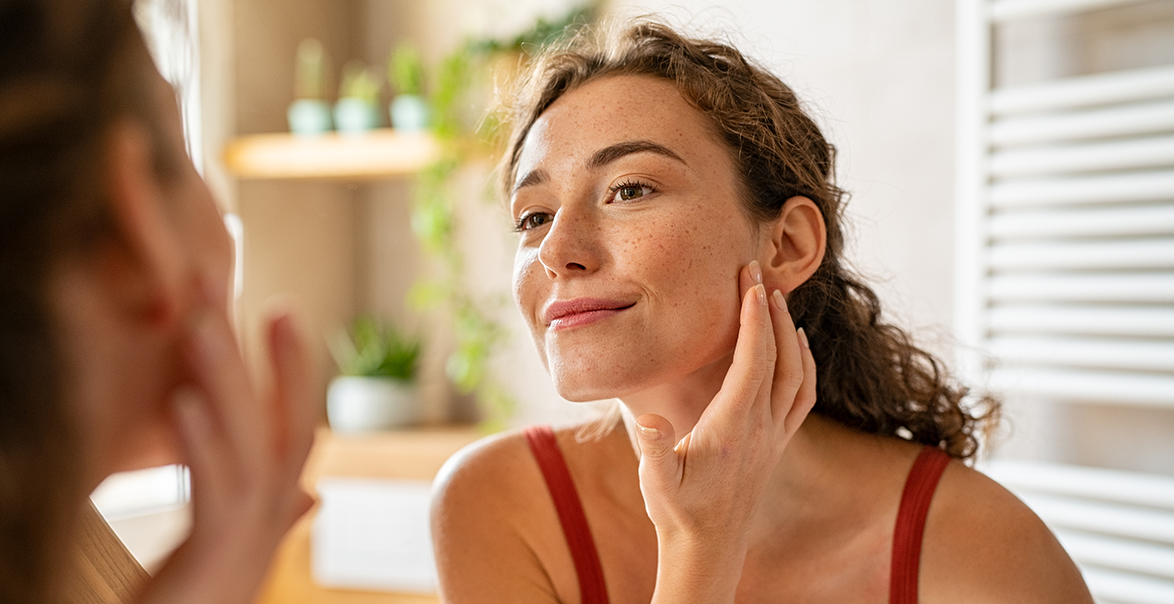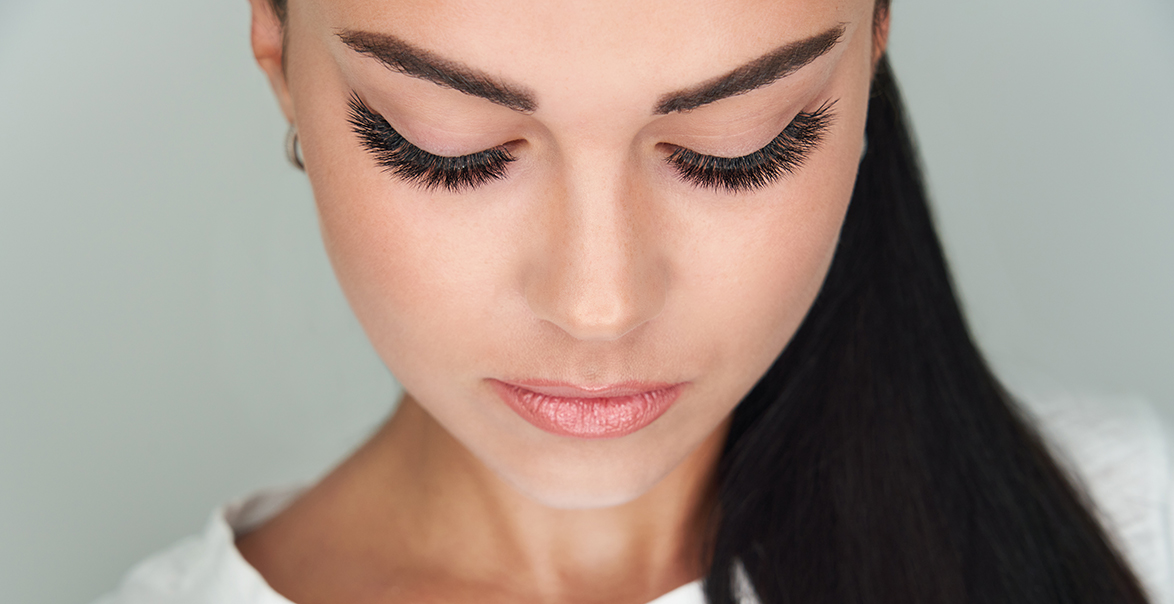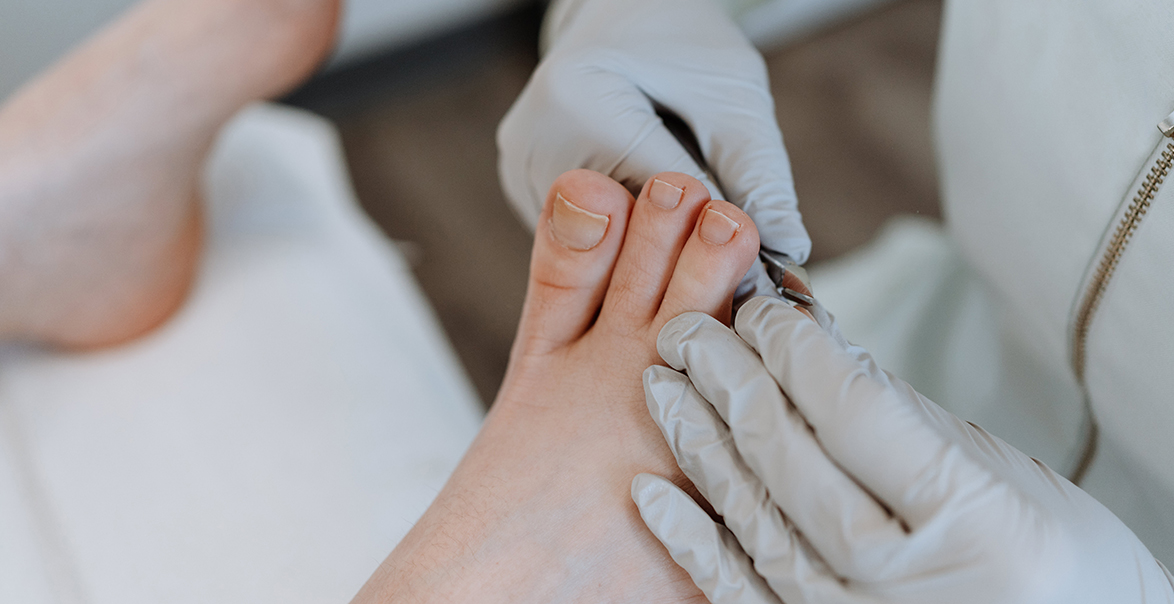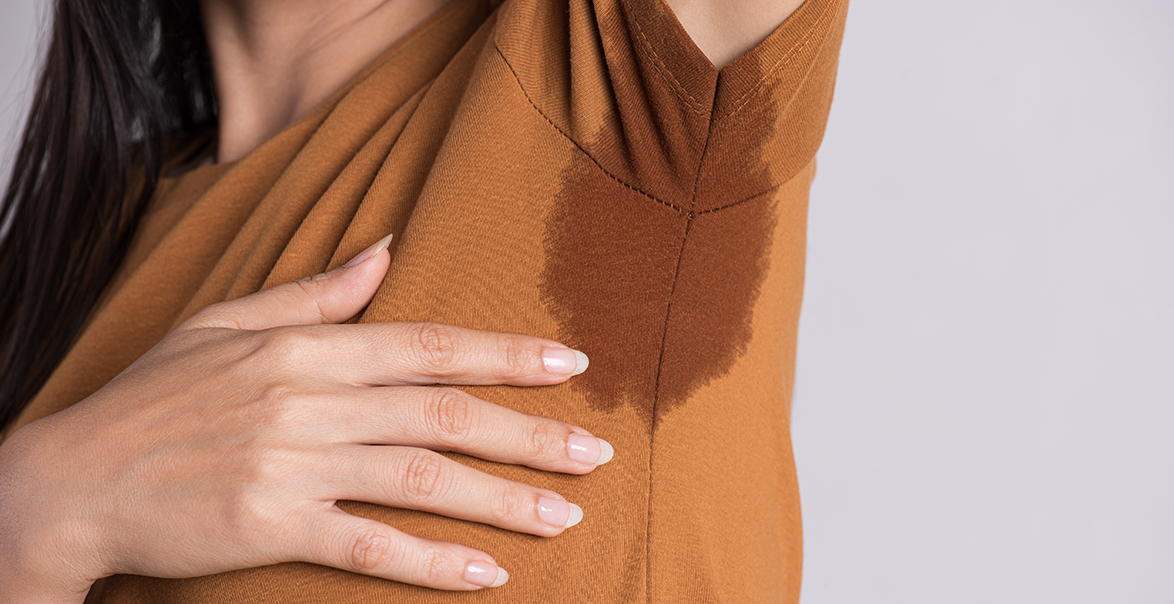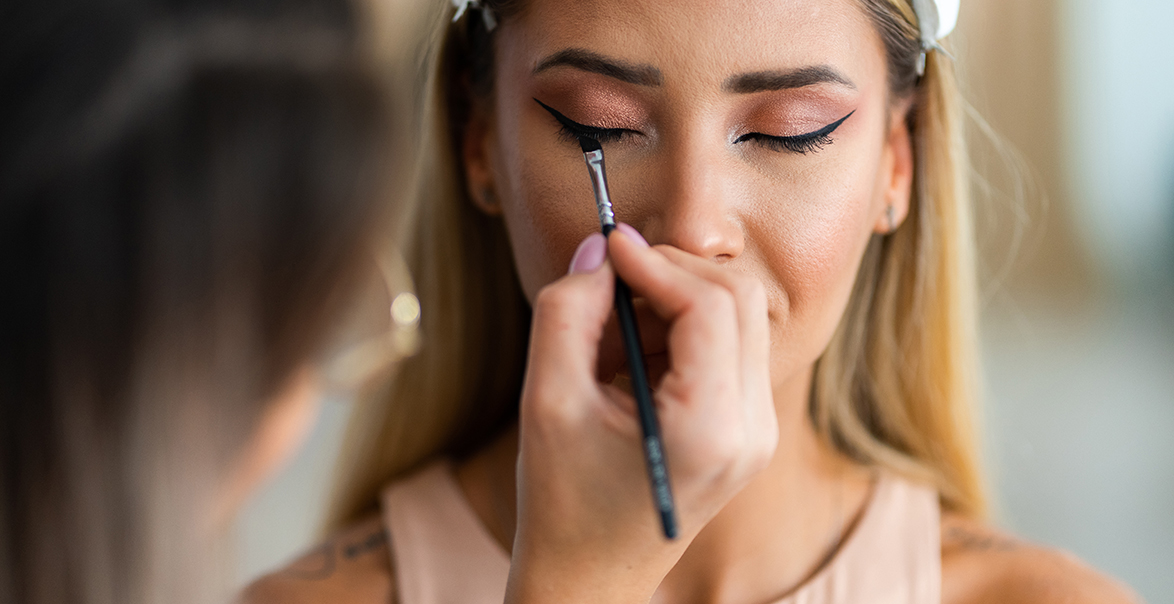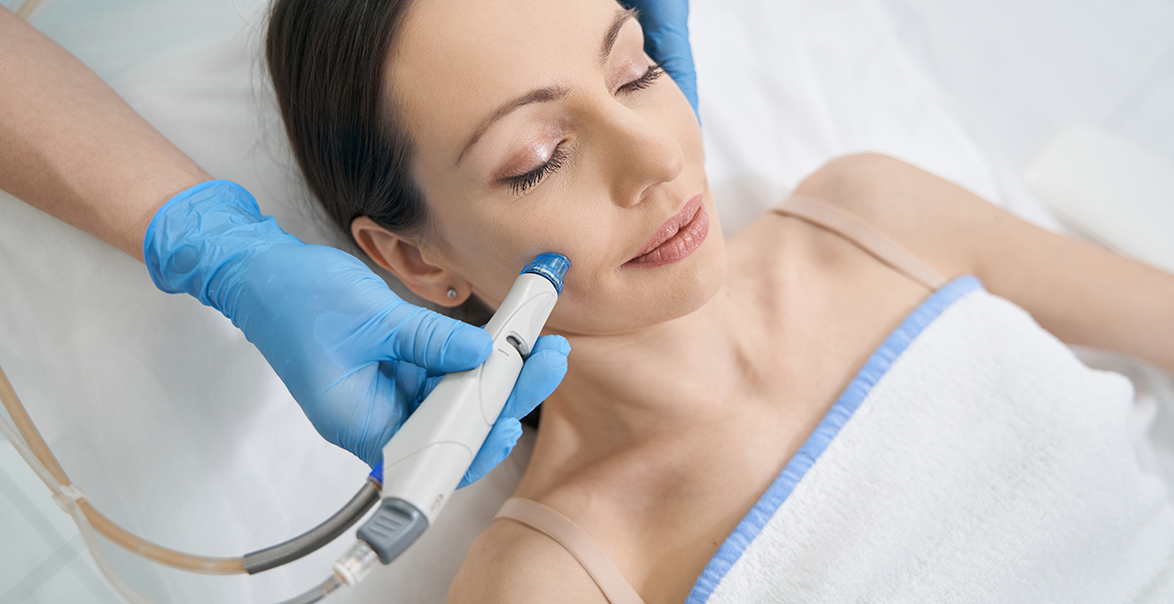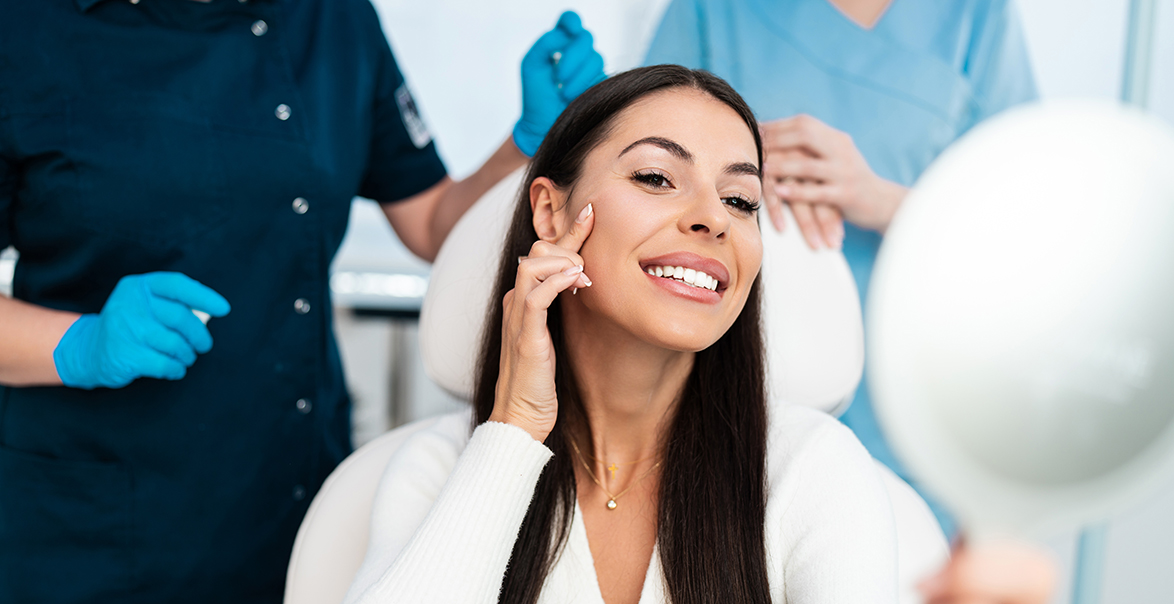If you have sensitive skin, you must be extremely cautious about maintaining the health of your skin. By following these suggestions for dealing with sensitive skin, you might be able to relieve uncomfortable symptoms linked with dry, sensitive skin. Taking extra care of your specific skin type can go a long way toward preventing and developing sensitivity. Here are some of the most useful suggestions for sensitive skin management.
Signs of Sensitive Skin
Though they may not know it, almost everyone goes through periods of sensitive skin. While some skin types are more inclined to irritation, everyone can follow these easy tips for managing sensitive skin. If you have sensitive skin, you probably know the feeling of tightness and itchiness. Over time, inflammation can also become a problem.
Frequent Causes of Sensitive Skin
Knowing the reasons for skin sensitivity might help you avoid having these problems in the future. External pollutants, such as dirt and dead skin cells that remain on the skin’s surface, may cause it to become sensitive.
Not only can severe weather conditions cause sensitive skin, but things like diet and high levels of UV rays can as well. Be mindful of what you eat if you want to maintain healthy skin!
Some of the skincare items you apply may irritate your skin, resulting in sensitivity. Furthermore, a variety of skin disorders can make your skin considerably more sensitive. However, sometimes sensitive skin is genetic! Knowing how to take care of your skin despite sensitivity and establishing a routine can help you maintain your skin’s healthy barrier, and prevent any signs of irritation.
Tips for Dealing with Sensitive Skin
Sensitive skin can make you feel miserable, and learning what works for you will help to minimize your symptoms as well as the impact that your skin has on your quality of life. Here are some of the greatest ideas for coping with sensitive skin when you have it.
Avoid Hot Water
Although they might feel good, try to avoid taking scalding hot showers. The intense heat from the water can strip your skin of its natural oils, leading to dryness and irritation—both of which are conditions that people with sensitive skin often experience. Instead, aim for lukewarm water temperature when showering and washing your face.
Emphasize Hydration
The health of your skin is dependent on the moisture barrier it produces. You can assist to preserve, or restore, this moisture barrier and prevent future damage to your skin by focusing on the hydration of your skin. If you have sensitive skin, it’s crucial to moisturize it on a regular basis, especially if you’re prone to skin irritation. It’s also critical to drink enough water and stay hydrated since this can assist to anti-oxidize and remove harmful particles from your skin cells. Maintaining and protecting your skin barrier can also help with acne caused by overproduction of oil, due to dry skin. Skin health starts from within, and from having healthy, hydrating habits!
Be Careful About The Products You Use
The products that you use have a huge impact on the condition of your skin. It is important to carefully look at the ingredients in the skincare products that you are using. Consider purchasing cleansers that are free of any particularly harsh chemicals or components. This will help to avoid the skin drying out while also allowing the cleanser to remove pollutants from the skin, such as dead skin cells or extra oil. You should also try to avoid using fragrant products, such as laundry detergents or lotions with scent. These scented goods can irritate the skin and are not a component to getting healthy skin. If you have any questions about what will work for your skin type, ask a licensed esthetician or a dermatologist.
Remove Makeup Before Bed
It may be difficult to resist the urge to fall asleep right away after a long night. However, it’s critical to properly remove all of your cosmetics before going to bed. When you have a layer of makeup on your skin throughout the night, it may be very irritating to your skin, and can cause painful acne from clogged pores. Taking the time to cleanse, and hydrate, your face will have a significant impact on the health of your skin.
Be Gentle With Sensitive Skin
If you have sensitive skin, be cautious when applying skincare products or removing makeup from your face. When using skincare products or removing makeup, avoid rubbing too hard, pulling the skin, and using products with harsh chemicals. To avoid causing damage to your skin, handle it with care. This includes being gentle when you touch or cleanse your skin, as this can help prevent sensitivity.
Use Sunscreen
Sunlight can cause damage to your skin, which can worsen sensitivity. By using sunscreen frequently, you can avoid irritation, reduce signs of aging, and maintain that natural barrier. Another option is to choose a moisturizer that contains sunscreen for additional protection against the sun’s harmful rays. Be mindful of which sunscreen you use, and watch the ingredients list to make sure there are no harmful irritants in the product. Some sunscreens contain moisturizing and antioxidant factors, which are great options for both hydration and sun protection!
Reduce Stress Levels
Taking the steps to decrease your stress levels can aid in the healthier development of your skin and removal of pollutants. There are a variety of strategies to reduce your stress levels, including exercising on a daily basis, employing meditation in your everyday routine, or taking up yoga. Reducing stress can bring both emotional and physical rewards!
Change Pillowcases Regularly
Given the amount of time your skin spends in contact with your pillowcase, it’s no surprise that dirt, dead skin cells, and other debris accumulate on it over time. When you don’t change your pillowcase regularly, all of this dirt and debris can simply transfer to your skin, which can lead to sensitivity and additional problems, like acne. To avoid these issues, be sure to change your pillowcases on a regular basis.
Learn More At NIMA
At NIMA, we aim to give our students the education and information they require to enter the field of esthetics. By the end of this course, our students will have an excellent handle on esthetics and how to properly take care of their skin.Not only do we offer guest services, but we also have a variety of courses to help our students meet their career goals. We are dedicated to helping our clients improve their skin health and overall wellbeing.
To learn more about our courses or our spa services, contact us at NIMA today or check out our blog on finding the right esthetician school for you!

